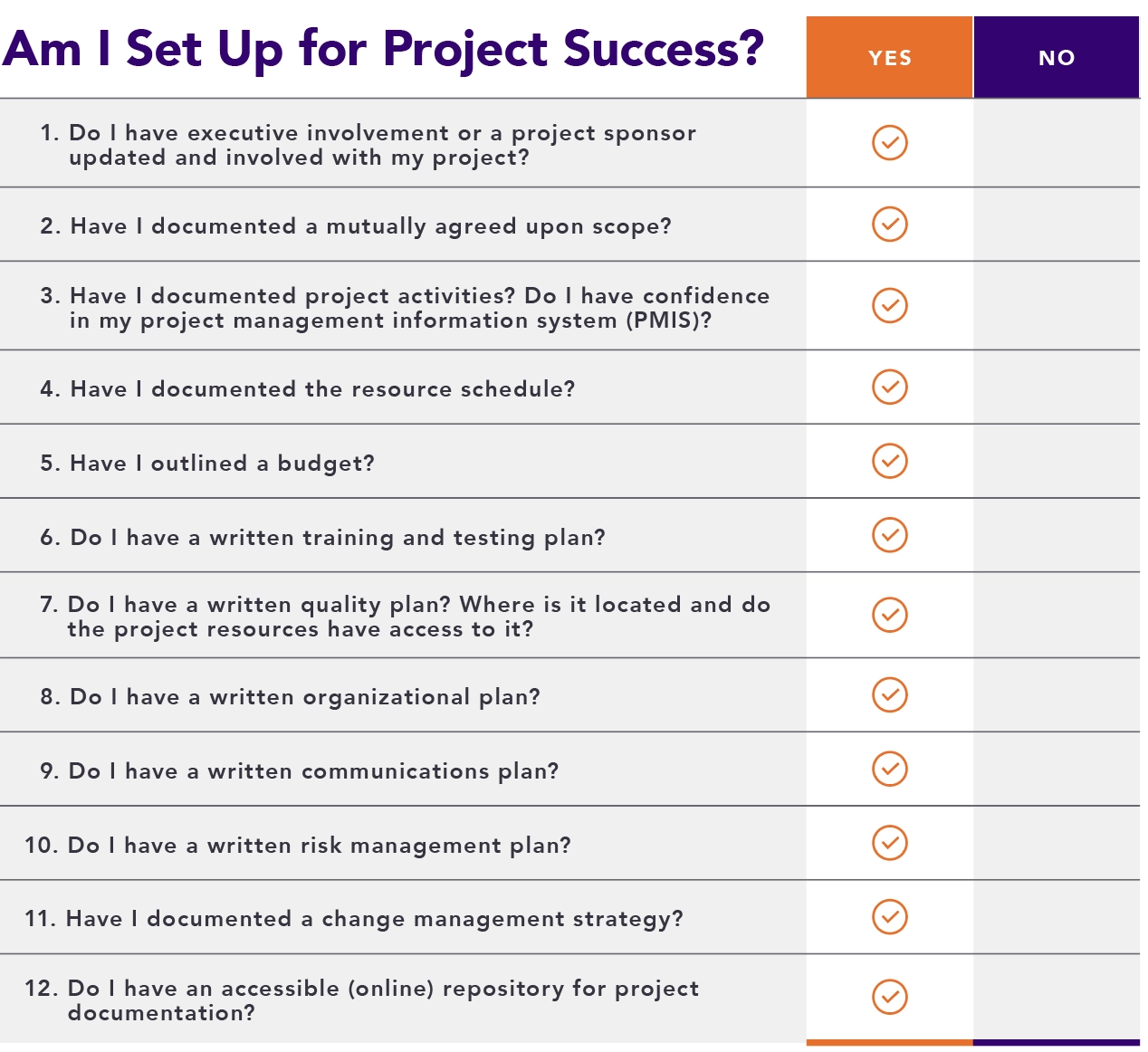Based on my experience, the cost of implementing a healthcare app can easily reach multi-million-dollar figures. At this level of expenditure, there is strong motivation to get it right. Yet anywhere from 55% to 75% of IT projects fail to meet their objectives. Let’s look at the reasons for failure and how to get implementation right.
A Lot Can Go Wrong—and Does
In my 25 years of leading hospital IT efforts, I’ve been brought in to resurrect projects that are stumbling, and I’ve generally found that failing projects all have the same reasons for the death spiral.
Here’s how it plays out. To begin, the project team wanders from the strategic business objective of the project. When scope is not clear, costs creep up. Team members start to lose confidence. Sometimes their roles are not well defined. Frustration sets in and the best IT talents are the first to ask to be reassigned. The project starts to miss critical path dates and whatever can be salvaged ends up not meeting end user physician, clinician, or business user expectations. Ouch!
What, then, are the critical ways to ensure healthcare IT success? Let’s begin by looking at the most common reasons that healthcare IT projects fail and then consider what I think are the three critical ways to make them succeed.
3 Critical Factors Will Help Guarantee Healthcare IT Project Success
Let me be clear. Literally hundreds of details have to be addressed and carefully vetted for a healthcare IT project to go well. But based on the hundreds of projects I’ve led, project implementation success boils down to three critical factors, all of which relate to project planning.
Critical Success Factor 1: Set Realistic Expectations and Timeframes
Call it scope creep or lack of stringent oversight, the result is the same. Once a team overpromises, time and money will never be enough, and the project will fail. Although a majority of healthcare IT projects tend to run over original estimated timeframes, advanced planning will go a long way to mitigate the risk of a project taking longer than originally planned. Specifically, careful attention before the project begins must be made to timing and milestones, assumptions, constraints, dependencies, equipment, facility requirements, and software standards.
Critical Success Factor 2: Involve End Users
A project that does not consider the requirements of the end user or, at a minimum, involve those for whom the technology is intended, is bound to fail. Make sure you take the time to solicit physician, interdisciplinary clinician, and business management involvement in your project—before you begin.
This step can make or break your organization’s project investment. Since time is typically a challenge for physician, clinician and business end users, solicit their time via a project calendar. Work with them off hours or go to their locations of practice in the acute or non-acute setting to make it easier for them to provide input. Keep in mind this is not their primary responsibility, even though they will use the new software. Implementation with the user in mind is the project team’s responsibility.
Critical Success Factor 3: Obtain Executive Buy-in
Without support and guidance from executive physician and administrative leadership, your project will struggle to meet its objectives when tough decisions need to be made. As you complete your project plan, present to your executive sponsor, physician, and administrative leadership a summary of your project. Meet with them to describe the project plan. Your description need not be too detailed but provide them with a high-level outline of your project plan, timeframes, goals, objectives, and challenges. This will help you build trust and confidence with the executive leadership team. Remember, communicating, soliciting participation, and reinforcing goals and objectives will help the physician and administrative leadership team to provide the highest level of support for your project.
A Checklist for Success
Based on these three success factors, I’ve created a checklist that every project manager should use when planning the project. Make sure you can answer “yes” to each of the questions BEFORE you begin. If you build in the “3 Critical Success Factors” mentioned above, you should set yourself up for positive answers and success.

Success Also Lies in the Project Planning Process
As I mentioned, these tasks and critical success factors relate to the project planning process. Let me underline this point. A few years back, I did a study of 127 healthcare IT projects. They averaged a value of $1.2 million each. The project managers averaged 14 years of experience. Critical planning time was a key success factor. Obviously, the larger the project, the more planning time that is needed. Here’s the timing data for optimal success in software implementation (excluding hardware):

Don’t become part of the project failure statistic. Increase the probability of a successful project proportionately, with planning time devoted to the three critical success factors.

